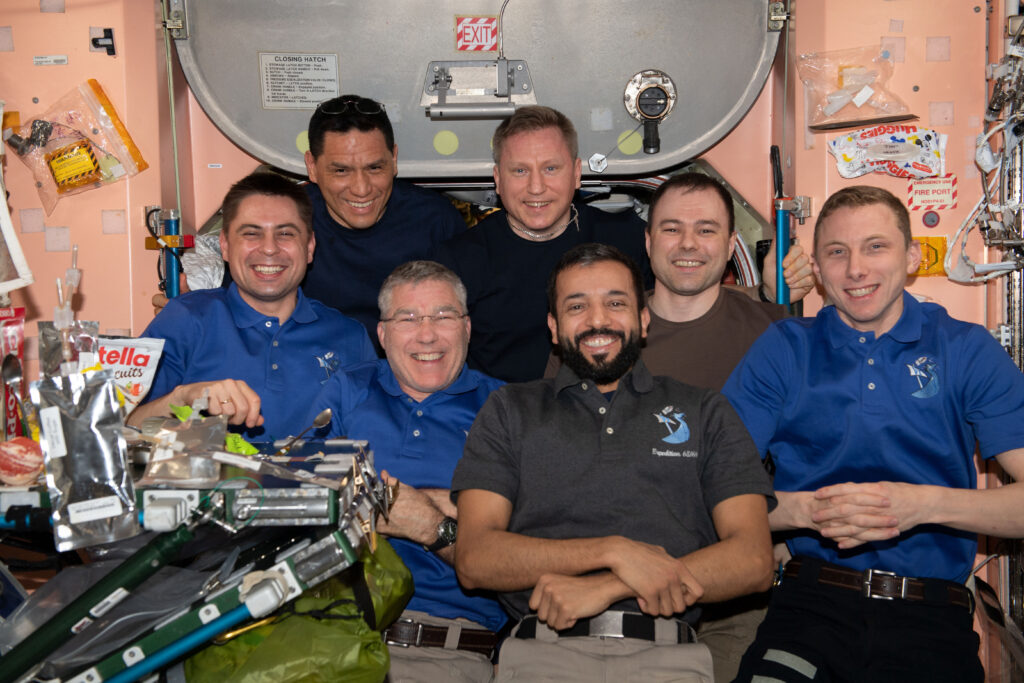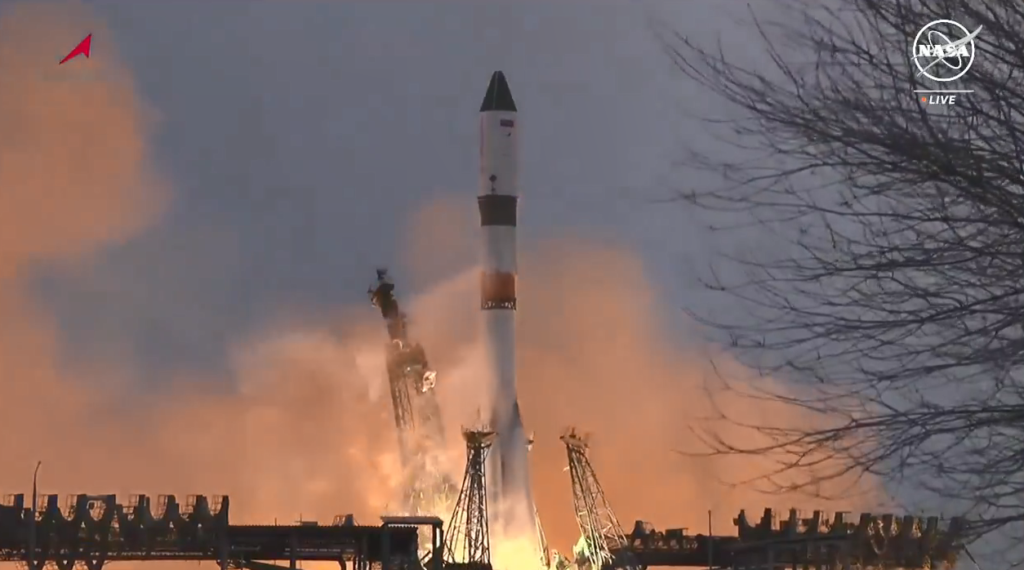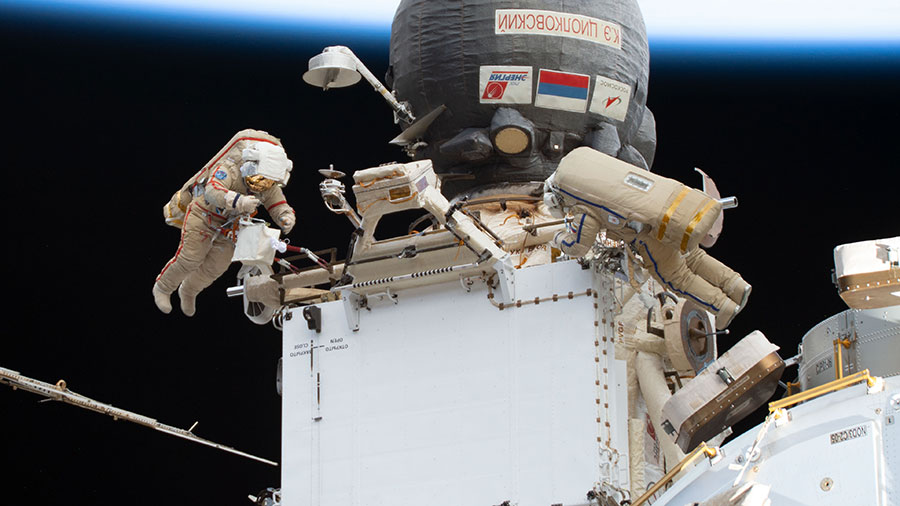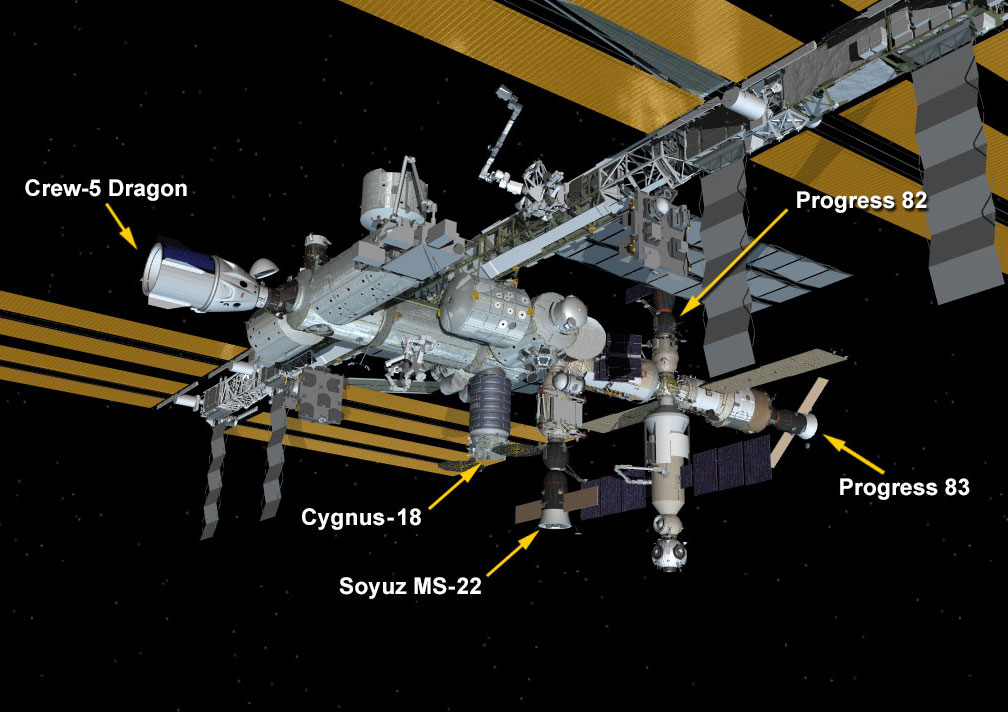
Another busy day of Food Physiology science and station upgrades is underway today for the Expedition 69 crew on the International Space Station.
NASA Flight Engineer Frank Rubio spent most of his day continuing work for the Food Physiology investigation, collecting various samples and stowing them for future space and ground-based analysis, as well as processing samples taken earlier this week. This investigation is an ongoing series of experiments designed to understand the effects of spaceflight diet on astronauts.
NASA astronaut Stephen Bowen spent his morning working with a 3D chamber that investigates growth of organ buds from human stem cells in microgravity. Most of his day was spent preparing, rotating and verifying system operations throughout the day. Later on, Bowen deployed six CubeSats—mini satellites—into low-Earth orbit outside the Kibo airlock. The CubeSats will explore and monitor Earth’s atmosphere, study orbital conditions to learn more about space weather effects and observe material changes in space.
NASA astronaut Woody Hoburg spent the morning reconfiguring, rotating and monitoring the Life Support Rack which helps generate water and oxygen. Additionally, he measured acoustic levels of the station’s living quarters. United Arab Emirates (UAE) Flight Engineer Sultan Alneyadi rebooted Lumina, a device that monitors radiation. The two then worked together to install new communications hardware in the station’s Tranquility module.
Cosmonaut Commander Sergey Prokopyev and Flight Engineer Dmitri Petelin continued performing station maintenance, while Flight Engineer Andrey Fedyaev continued experimental research. Fedyaev donned a sensor-packed cap to practice piloting techniques through Pilot-T, an experiment that explores how spacefarers may react and control spacecraft on future planetary missions.
Learn more about station activities by following the space station blog, @space_station and @ISS_Research on Twitter, as well as the ISS Facebook and ISS Instagram accounts.
Get weekly video highlights at: https://roundupreads.jsc.nasa.gov/videoupdate/
Get the latest from NASA delivered every week. Subscribe here: www.nasa.gov/subscribe



